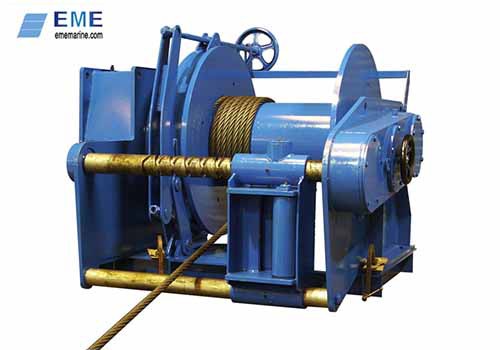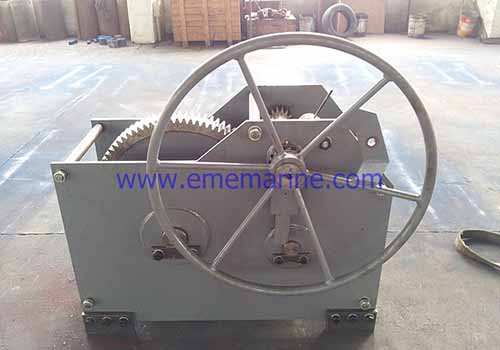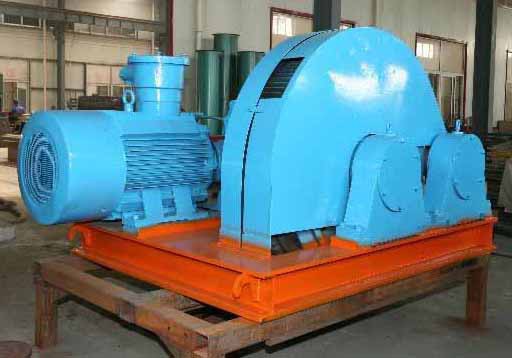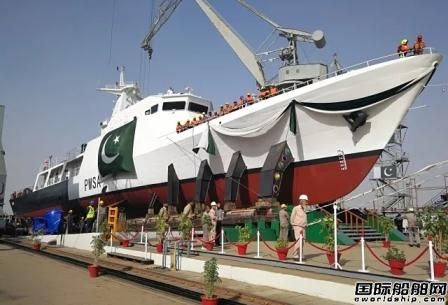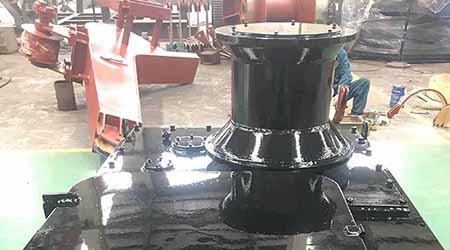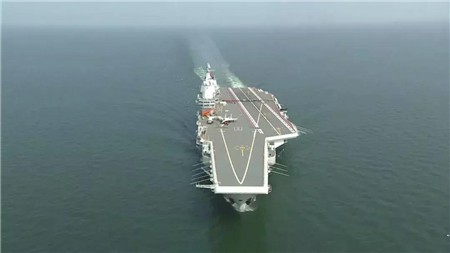
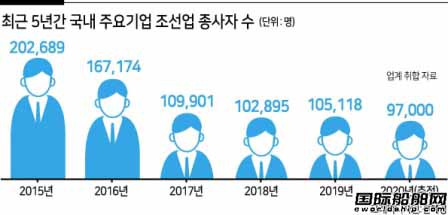
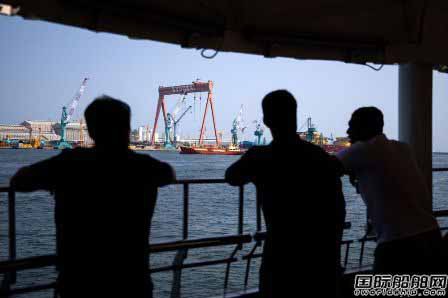
For the first time in history, the number of people employed by major shipbuilding companies in Korea has fallen below 100,000. What is even more serious is that the "employment cold snap" in the Korean shipbuilding industry will continue this year, and although the Korean shipbuilding industry regained the top position in the world in terms of orders in 2020, at least 4,000 people are expected to lose their jobs in shipyards in 2021. The "employment cold wave" continues.
The "employment cold wave" continues, with the total number of employees of the three major shipbuilding companies "cut" by more than half in five years
According to the South Korean shipbuilding industry on January 18, as of December last year, Hyundai Heavy Industries Group, Samsung Heavy Industries, Daewoo Shipbuilding and other three major shipbuilding companies, the number of employees (including partner companies) is more than 97,000 people. This is the first time the total number of employees of South Korea's major shipbuilding companies fell below 100,000.
South Korean shipbuilding industry sources said that this is because, following the worst "order cliff" in 2016 left after-effects, South Korean shipbuilders have experienced a long period of ship market recession and the impact of a sharp decline in new ship orders. Although the second half of 2020, especially at the end of the year, the three major Korean shipbuilders have won a lot of business orders by virtue of receiving orders "a wave" of sprint, but due to the inherent characteristics of the shipbuilding industry from the receipt of orders to the start of construction and then to the completion of the delivery of nearly two years of time difference, the impact of at least three years later to appear, so it is expected that the three Therefore, it is expected that the three major shipbuilders will lay off at least 4,000 employees this year.
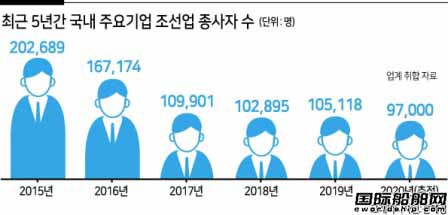
In 2015, the total number of employees at Korea's three largest shipbuilding companies was 202,689, which dropped dramatically to 109,901 by 2017, almost halving the number. By 2019, the total number of employees decreases to 105,118, and by 2020 it decreases again by more than 8,000 to about 97,000, showing a continuous trend of reduction.
Although the reasons for the decrease in the number of employees at the three major shipbuilding companies include various factors such as retirement and other natural attrition, expiration of contracts, voluntary departures and voluntary retirements, the Korean shipbuilding industry believes that this is more influenced by the decrease in orders received due to the crisis in the global shipbuilding market.
More serious is that the South Korean shipbuilding industry "employment cold" will continue this year. According to industry forecasts, as of June this year, the three major shipbuilding companies will have more than 2,000 employees will be unemployed due to corporate restructuring, the second half of the year will be reduced by about 2,000 people, the end of the year will fall to about 93,000.
The "order first" still want to lay off employees? South Korean shipbuilding companies at the beginning of the year again scraped the "wave of voluntary retirement"
In fact, although the South Korean shipbuilding industry claims to have regained the top position of global order intake in 2020, the contradiction between rich human resources and insufficient new ship orders has not been fundamentally alleviated, and the South Korean shipbuilding industry has once again scraped the "biting wind" of manpower restructuring just into 2021.
After the beginning of last year, Daewoo Shipbuilding recently announced that it will again accept applications for voluntary retirement from January 8 to 25 this year, including office managers born before 1975 and employees in front-line production positions, i.e. employees who will reach retirement age within 15 years.
According to Daewoo Shipbuilding, the company will pay retirement compensation to employees who voluntarily retire, with employees born between 1961 and 1965 receiving compensation equivalent to 6 to 33 months of basic salary, and employees born between 1966 and 1975 receiving compensation of about 50% of the total monthly basic salary before normal retirement age. In addition, the company will provide 12 million won (approximately $11,000) in re-employment assistance to employees who voluntarily retire.
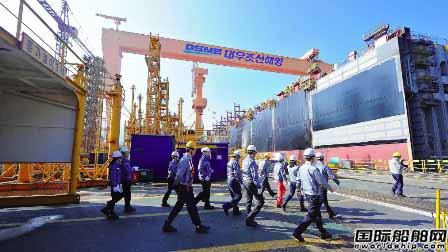
This is not the first time Daewoo Shipbuilding has taken voluntary retirement measures at the beginning of the year. In January last year, the company also categorically introduced a voluntary retirement system.
As a result, the number of employees at Daewoo Shipbuilding is continuing to decline. at the end of 2018, the number of employees at the company was 9,797; by the end of 2019, it dropped to 9,461; and by the end of September last year, it had been reduced to 902 names. In other words, in less than 2 years, about 774 employees have left the company.
Daewoo Shipbuilding sources said, "The production tasks are clearly insufficient compared to the number of employees. In recent years, the company has not once achieved the operational order-taking target set at the beginning of the year." In 2020, Daewoo Shipbuilding took $5.41 billion in orders, only 75 percent of the target amount. The previous years of 2019 and 2018 also only achieved 70-80% of the order intake target.
In addition, the number of employees at Samsung Heavy Industries, which has been implementing a voluntary retirement system for many years, is also being streamlined. Since 2016, the company has implemented a system of accepting voluntary retirement of employees at any time. Due to the long-term recession in the shipbuilding market, especially in the offshore market, Samsung Heavy Industries has suffered a heavy blow, and its self-help plan includes the implementation of the voluntary retirement system and other manpower restructuring measures, and the number of employees has been continuously streamlined. at the end of 2018, the number of employees of Samsung Heavy Industries was 9,918, and by the end of September last year, it was reduced to 9,775, a reduction of 143 people.
Like Daewoo Shipbuilding, Samsung Heavy Industries is also suffering from a lack of workload. 2020, its target amount of order intake is $8.4 billion, but actually took on $5.5 billion, only 65% of the order intake target.
In addition, medium-sized shipbuilder STX Shipbuilding & Marine also plans to implement a voluntary retirement system this year.
Korean industry calls on the government to implement a more active support policy
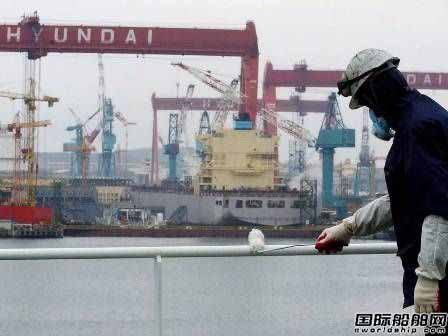
South Korean industry sources said that shipbuilders took the so-called "voluntary retirement" measures because, with the global shipbuilding market downturn in the long term, the recent years of business orders have been unsatisfactory, although South Korean shipbuilders in the second half of 2020, especially at the end of the year received a large number of orders, but the overall situation is still not optimistic. It is reported that the current order book of the three major Korean shipbuilders can only sustain the work volume of nearly 2 years, and the contradiction of insufficient workload compared with the existing manpower of the enterprises is increasingly obvious, and the streamlining of the organization is inevitable.
A source in the Korean shipbuilding industry said, "The workload of the companies is not sufficient because the new ship orders are not fully available. From the perspective of overcoming the harsh business environment, the implementation of the voluntary retirement system is a desperate measure that companies have no choice but to take."
The Korean shipbuilding industry agrees that in order to ensure global competitiveness, the Korean government should not only develop short-term policies such as classifying shipbuilding as a special employment assistance industry to help shipbuilding companies, but also develop and introduce more active long-term policy support. For example, the Japanese government, in order to overcome the crisis in its shipbuilding industry after the New Crown Pneumonia epidemic, to confront South Korea and China, which have increased their share in the world market, to strengthen the industrial base, and to ensure the country's maritime transportation capacity, has introduced a new mechanism to provide huge amounts of financial assistance to the shipbuilding industry, and it is estimated that the size of each assistance will reach tens of billions of yen. Under the new mechanism, maritime companies using container ships and cruise ships are required to purchase vessels through overseas-based special purpose companies (SPCs) - meaning overseas companies controlled directly or indirectly by companies in Japan for the purpose of listing their beneficially owned interests in domestic companies outside of Japan - when -Purchase from a domestic shipbuilding company in Japan.
